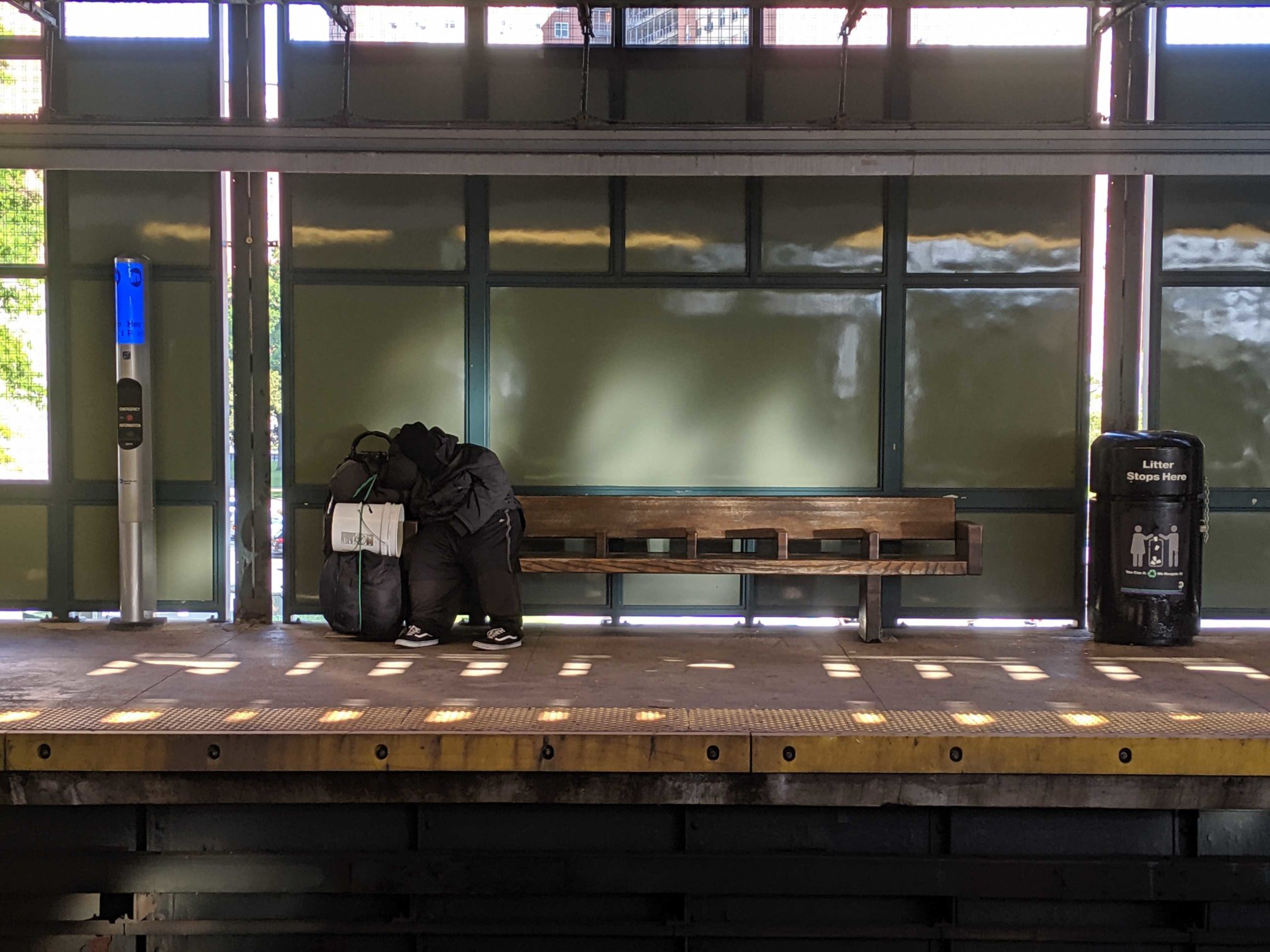The MTA’s homeless outreach program is not actually helping, audit says

The nonprofit organization tasked with providing support services to homeless individuals at the city’s major subway stations failed to reach a significant amount of people for nearly four years, a recently released state study shows .
Bowery Residents’ Committee, a nonprofit initially hired in 2010 to provide homeless services to major MTA rail stations (Penn Station, Grand Central and a number of stations along LIRR and Metro North routes including routes in Brooklyn), used less than half of their time actually doing outreach work from Jan. 1, 2015, to Feb. 4, 2019, according to a new audit from New York State Comptroller Thomas P. DiNapoli released on Tuesday.
According to the report, MTA officials told auditors they had expected BRC workers to spend 4-5 hours per 8.5-hour shift performing outreach services. The audit shows they in fact spent, on average, 2.2 hours per shift doing outreach. The report showed that the bulk of their time — 4.5 hours per shift on average — was actually spent in the office.

Brooklyn Boro
View MoreNew York City’s most populous borough, Brooklyn, is home to nearly 2.6 million residents. If Brooklyn were an independent city it would be the fourth largest city in the United States. While Brooklyn has become the epitome of ‘cool and hip’ in recent years, for those that were born here, raised families here and improved communities over the years, Brooklyn has never been ‘uncool’.